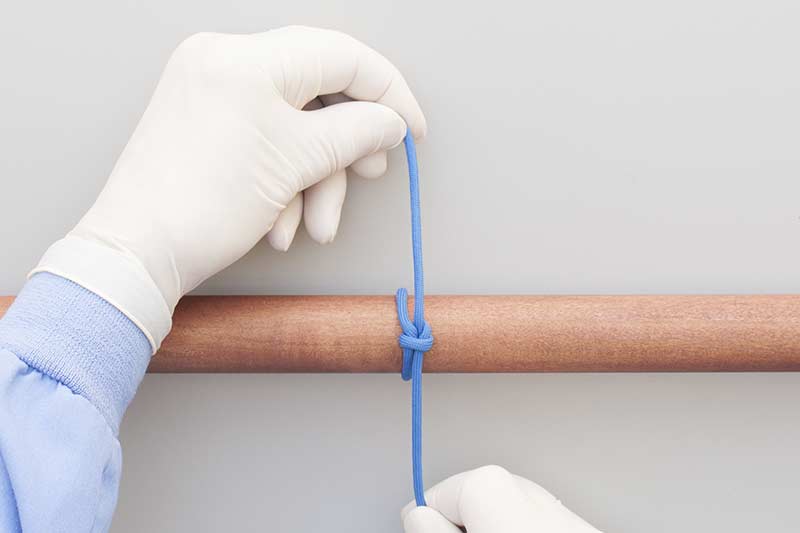
Some alternative methods in thyroid surgery that have been tried during the last decade include endoscopic surgery, nerve stimulations, and even hypnosis for anesthesia however, none has been widely accepted. The only debate and change have been with regard to the choice of a certain type of operation (ie, lobectomy, total thyroidectomy, or subtotal thyroidectomy) for a given diagnosis. 13 Since the technique has become standardized, safe, and efficient, there has not really been a major change in our technique of thyroidectomy. By 1920, the principles of safe and efficient thyroid surgery had been established. 12 The pioneers of thyroid surgery, Theodor Kocher and Theodor Billroth, developed an acceptable technique of standardized thyroid surgery between the years 18. A major advance was the introduction of ether anesthesia, antisepsis, and artery forceps to practice. Thyroid surgery initially started in the 12th century with the use of setons, hot irons, and caustric powers (often with fatal results). It has been proven to decrease operation time and complications in studies of abdominal solid organ surgery, 2 - 5Īdrenalectomy, 6 and thoracic surgery, 7, 8 as well as many other procedures. 1 Laparoscopists were the first ones to use this method widely. It is a device that uses high-frequency mechanical energy to cut and coagulate tissues at the same time. THE HARMONIC scalpel is a new device that has been introduced to surgery during the last decade.

There was no effect of tumor size on operative time (Pearson correlation factors: 0.14 for total, 0.21 for unilateral thyroidectomy).Ĭonclusions The use of the harmonic scalpel for the control of thyroid vessels during thyroid surgery is safe, and it shortens the operative time by almost 30 minutes compared with the conventional technique for both unilateral lobectomy or total thyroidectomy procedures. There was no difference between the 2 techniques regarding the amount of blood loss for different procedures.

Mean ± SD operative time was shorter in the harmonic scalpel group compared with the conventional technique group for both lobectomy (89 ± 20 minutes vs 115 ± 25 minutes P<.01) and total thyroidectomy (132 ± 39 minutes vs 161 ± 42 minutes P<.01) procedures. 08) compared with the conventional technique. 06) and total thyroidectomy specimens (6.3 ± 3.8 cm vs 4.8 ± 2.9 cm P =. Mean ± SD thyroid size tended to be larger in the harmonic scalpel group for both lobectomy (5.1 ± 2.6 cm vs 4.2 ± 2.2 cm P =. There were no intraoperative complications. Results The 2 groups were similar regarding age and sex. Main Outcome Measures Demographics, pathological characteristics, thyroid size, operative time, blood loss, and complications using a 2-tailed t test, χ 2 test, and Wilcoxon rank sum test. Interventions Eighty-six patients underwent thyroid surgery with the conventional clamp-and-tie technique (lobectomy, n = 49 total thyroidectomy, n = 36) and 85 with the harmonic scalpel (lobectomy, n = 38 total thyroidectomy, n = 47). Patients One hundred seventy-one consecutive patients undergoing lobectomy or total thyroidectomy by one surgeon (A.E.S.). We hypothesized that the use of the harmonic scalpel could lead to a significant reduction in operative time as compared with knot tying in thyroid surgery.ĭesign Retrospective case-controlled study. The harmonic scalpel, using ultrasonic frictional heating to ligate vessels, is widely used in laparoscopic surgery, but there is little experience in open thyroidectomy. Hypothesis The technique of thyroidectomy has undergone little change in several decades.



 0 kommentar(er)
0 kommentar(er)
